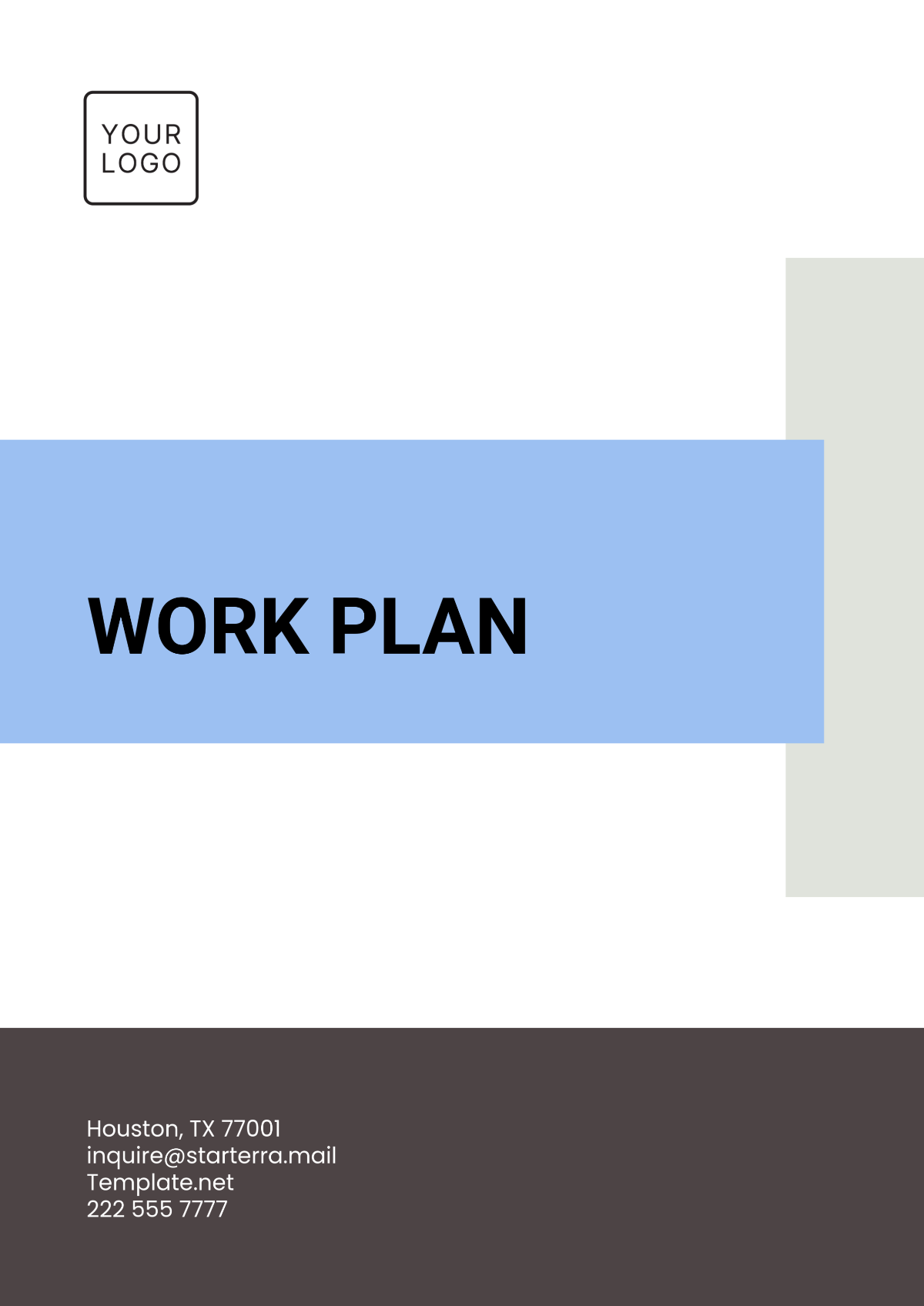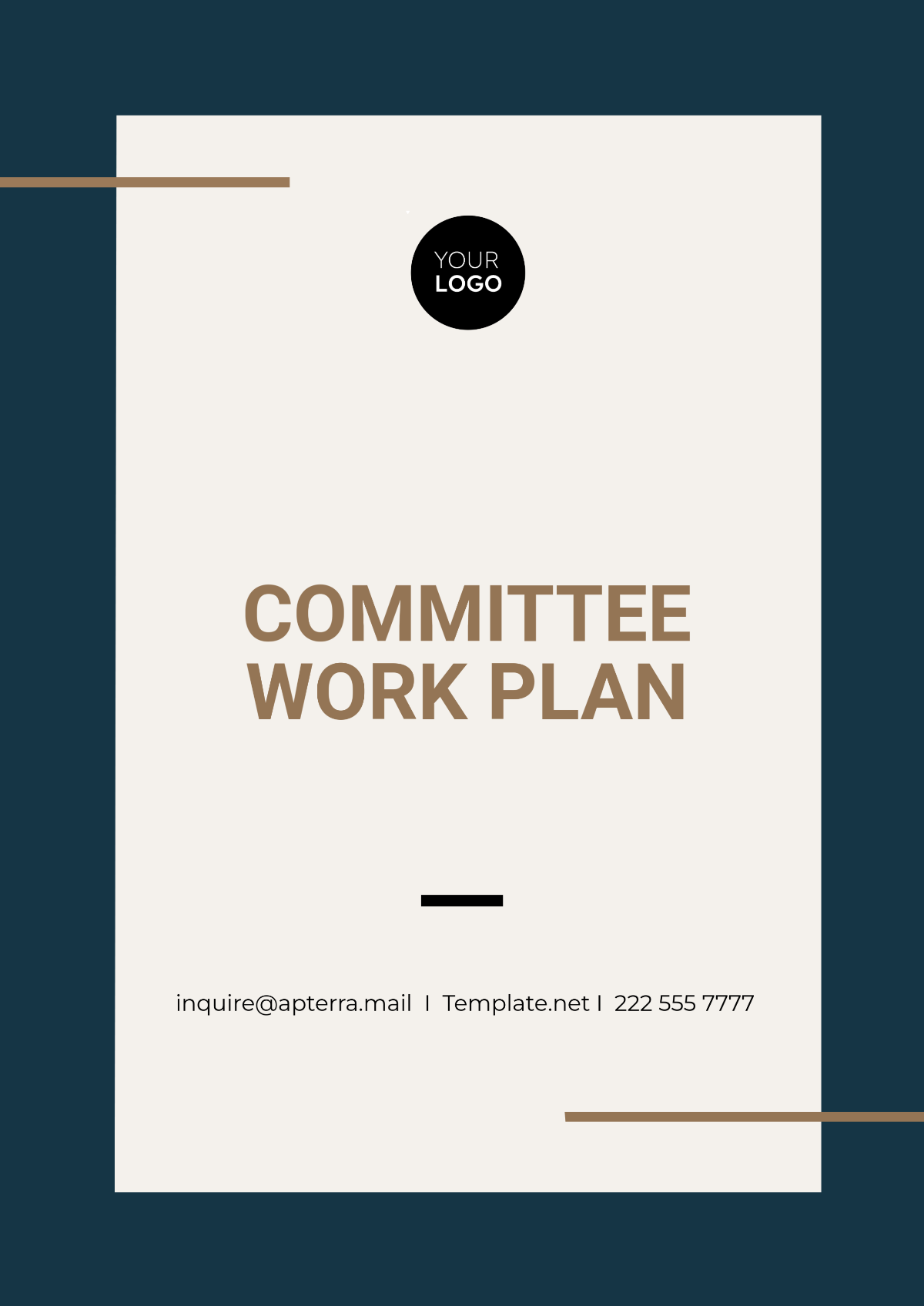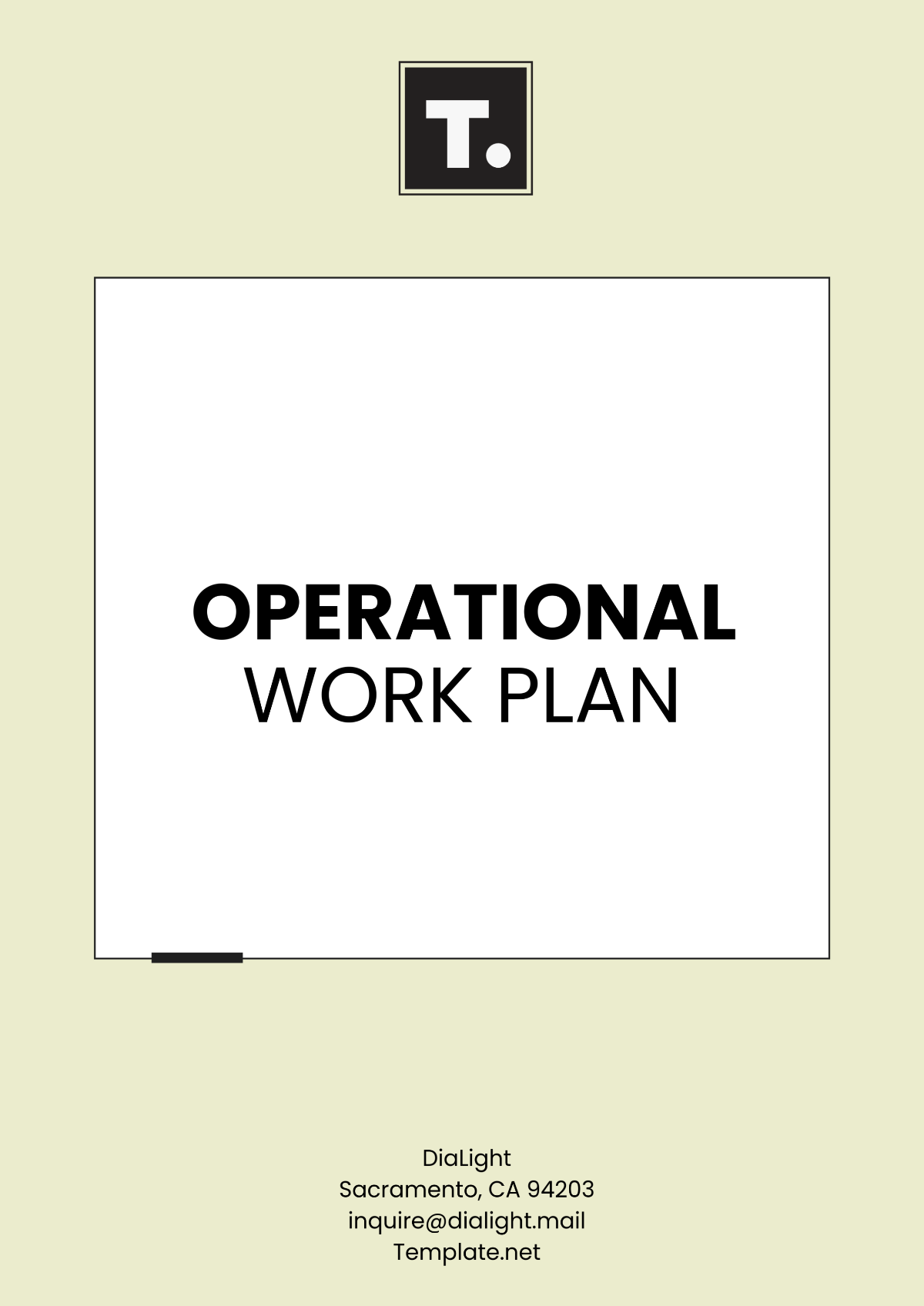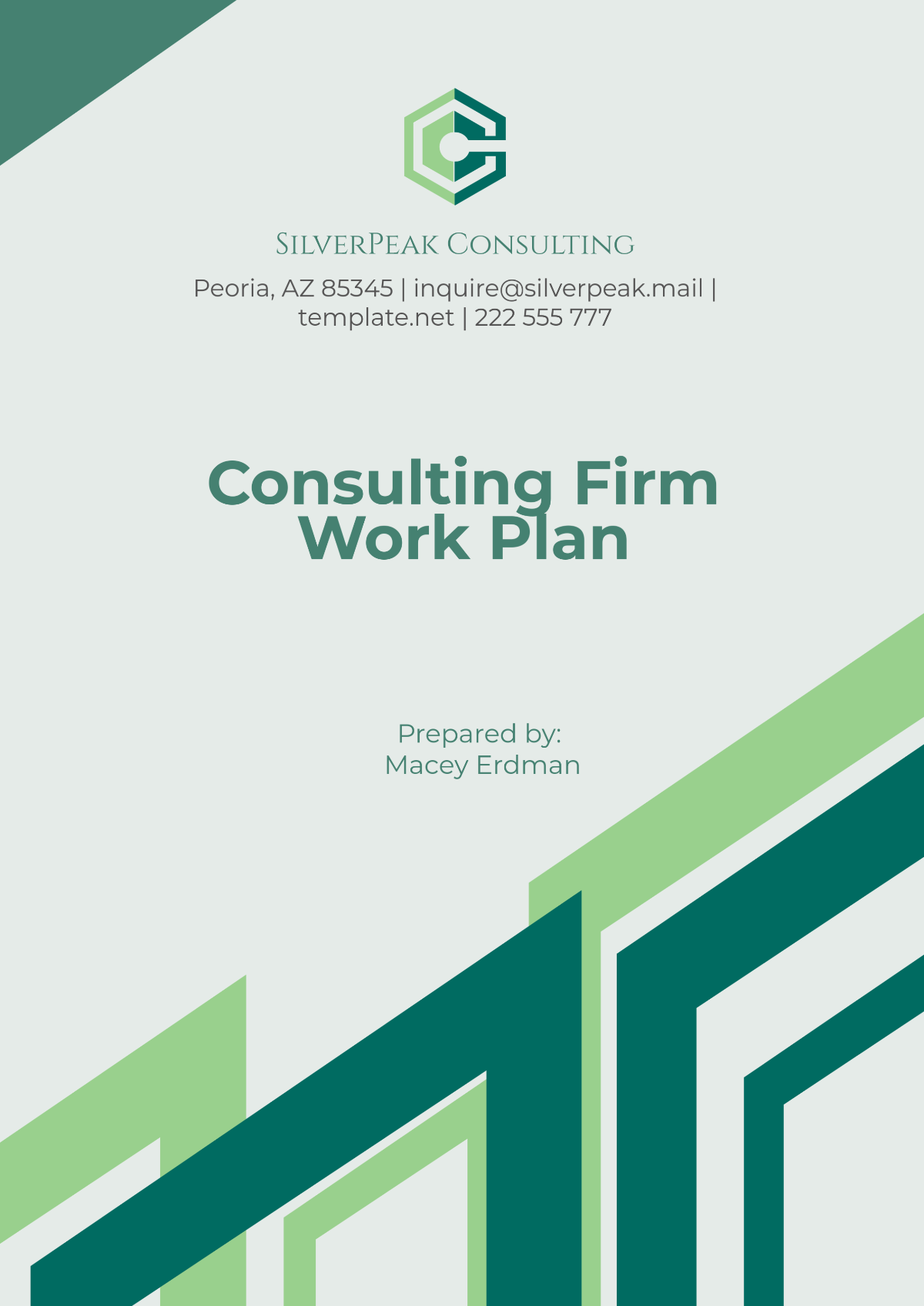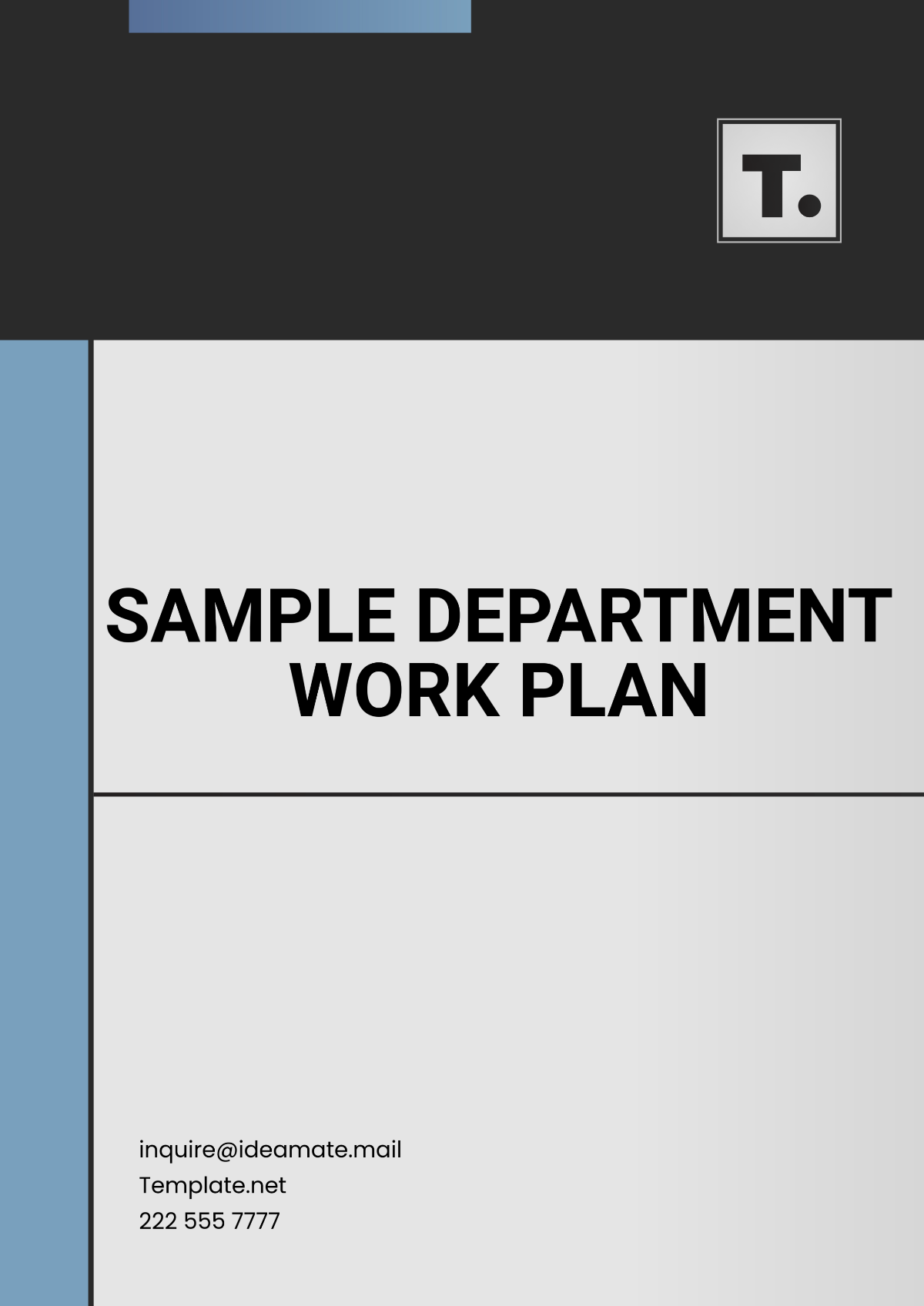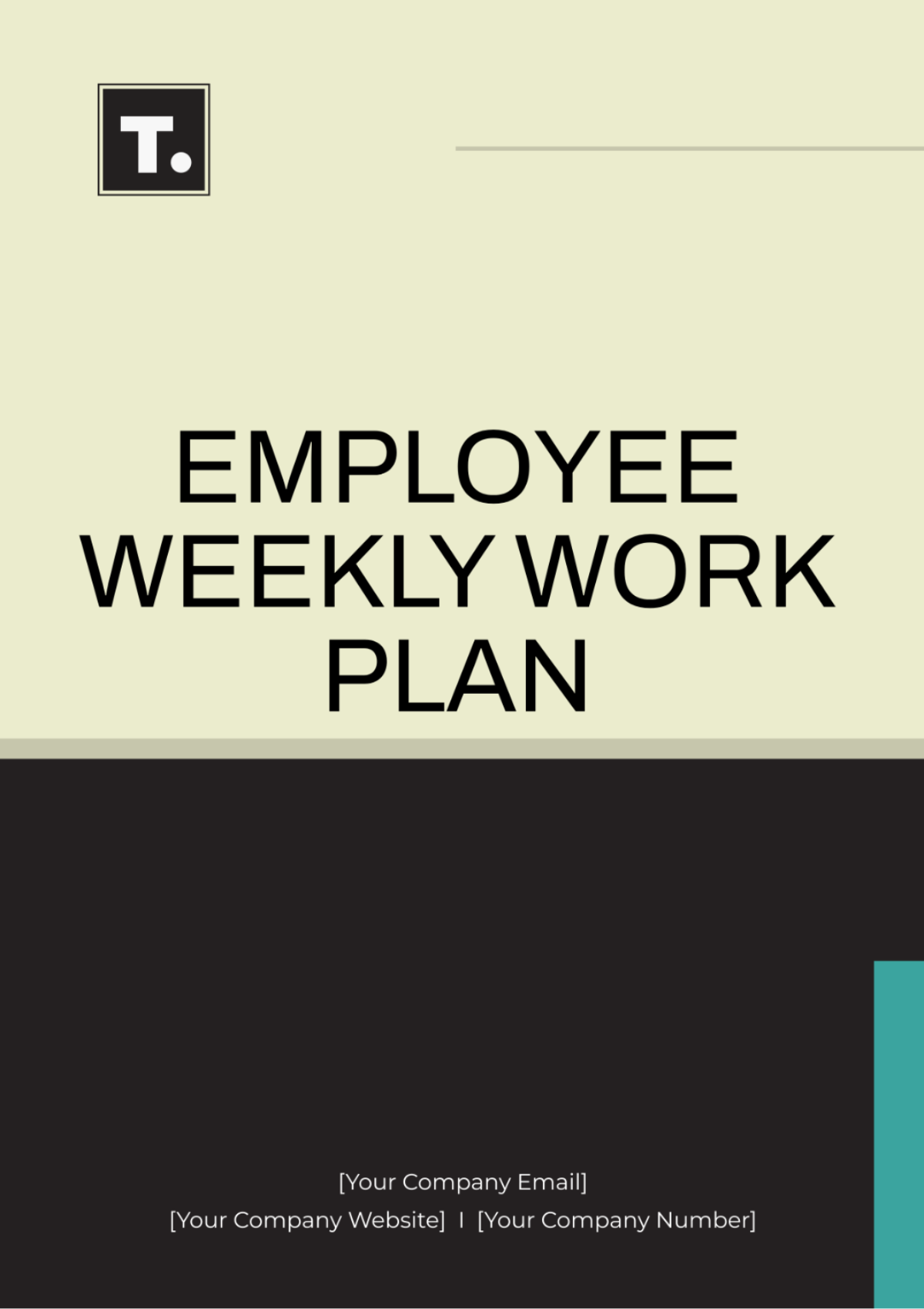Sample Department Work Plan
Name: | [YOUR NAME] |
Company: | [YOUR COMPANY NAME] |
Department: | [YOUR DEPARTMENT] |
Date: | [DATE] |
I. Executive Summary
The Operations Department Work Plan for Q1 2050 outlines key objectives and activities aimed at improving efficiency, reducing operational costs, and ensuring timely project delivery. This plan details the tasks, timelines, resources, and evaluation metrics to achieve these goals while aligning with the organization's broader strategic priorities.
II. Objectives and Goals
A. Primary Objectives
Streamline internal processes to improve operational efficiency.
Enhance collaboration between teams for better project execution.
Achieve a 10% reduction in departmental overhead costs.
B. SMART Goals
Complete the process optimization project by February 2050.
Increase on-time project delivery rate from 85% to 95% by March 2050.
Conduct cross-departmental training sessions by the end of Q1.
III. Tasks and Activities
Key Tasks
Process Optimization
Map out current processes.
Identify bottlenecks and inefficiencies.
Implement automation tools where applicable.
Team Collaboration
Schedule monthly inter-departmental meetings.
Introduce a centralized project management tool.
Cost Reduction
Review current supplier contracts.
Negotiate better terms or find alternative suppliers.
IV. Timeline
Milestones
Milestone Date | Milestone Description |
|---|---|
January 15, 2050 | Complete process mapping and analysis. |
February 10, 2050 | Implement and test automation tools. |
March 20, 2050 | Achieve on-time delivery rate target. |
V. Resources and Budget
A. Personnel
Personnel Role | Responsibilities |
|---|---|
Project Manager | Oversight of optimization tasks |
IT Specialist | Implementation of automation tools |
Financial Analyst | Budget review and cost reduction efforts |
B. Budget Allocation
$10,000 for new software tools.
$5,000 for training sessions.
VI. Evaluation and Metrics
A. Key Performance Indicators (KPIs)
Time saved per project due to process optimization.
Percentage of projects delivered on time.
Total cost savings achieved by the end of Q1.
B. Reporting Schedule
Weekly team updates.
Monthly progress reports to senior management.
VII. Risk Management
A. Potential Risks
Resistance to change from team members.
Delays in implementing new tools.
Budget overruns.
B. Mitigation Strategies
Conduct regular training and open communication sessions.
Establish a buffer timeline for tool deployment.
Monitor spending weekly to stay within budget.
